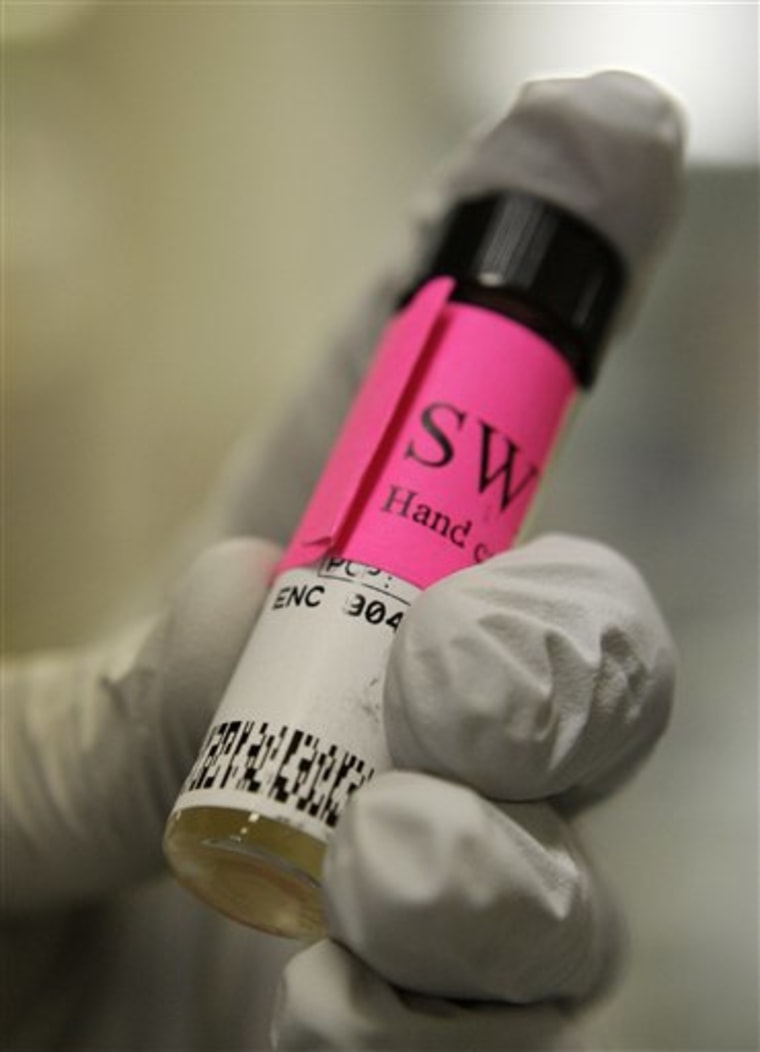As many as 1 million Americans now have swine flu, U.S. health officials said Thursday, adding that 6 percent or more of some urban areas are infected.
The estimate voiced by a government flu scientist Thursday was no surprise to the experts who have been closely watching the virus.
“We knew diagnosed cases were just the tip of the iceberg,” said Dr. William Schaffner, a Vanderbilt University infectious diseases expert who was in Atlanta for the meeting of a vaccine advisory panel.
Lyn Finelli, a flu surveillance official with the Centers for Disease Control and Prevention, made the 1 million estimate in a presentation to the vaccine panel. The number is from mathematical modeling, based on surveys by health officials.
Regular seasonal flu sickens anywhere from 15 million to 60 million Americans each year.
The United States has roughly half the world’s swine flu cases, with nearly 28,000 reported to the CDC so far. The U.S. count includes 3,065 hospitalizations and 127 deaths.
The percentage of cases hospitalized has been growing, but that may be due to closer scrutiny of very sick patients. It takes about three days from the time symptoms appear to hospitalization, Finelli said, and the average hospital stay has been three days.
Other health problems have been a factor in most cases: About one in three of the hospitalized cases had asthma, 16 percent diabetes, 12 percent have immune system problems and 11 percent chronic heart disease.
The numbers again highlight how the young seem to be particularly at risk of catching the new virus. But data also show that the flu has been more dangerous to adults who catch it.
The average age of swine flu patients is 12, the average age for hospitalized patients is 20, and for people who died, it was 37. It seems to be deadliest to people 65 and older, with deaths in more than 2 percent of elderly people infected, Finelli said.
Also at the meeting, CDC officials made projections about flu vaccines expected to be available to protect against both seasonal and swine flu this fall.
Roughly 10 million doses of seasonal flu vaccine should be available by early September, and production for the whole flu season should be around the 143 million doses produced for the 2008-09 season, said Dr. Anthony Fiore, a CDC flu specialist.
For the swine flu vaccine, health officials outlined possibilities for a campaign urging people to get the shot. The vaccinations might be given as two shots, spaced 21 days apart, but the vaccine has to be tested and licensed before it’s made available to the public.
